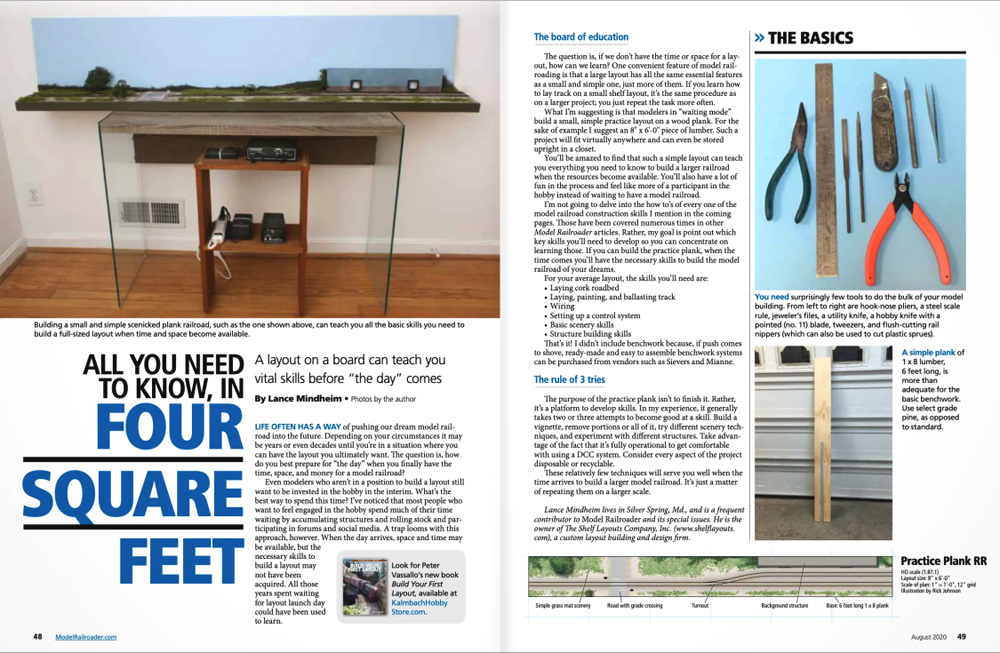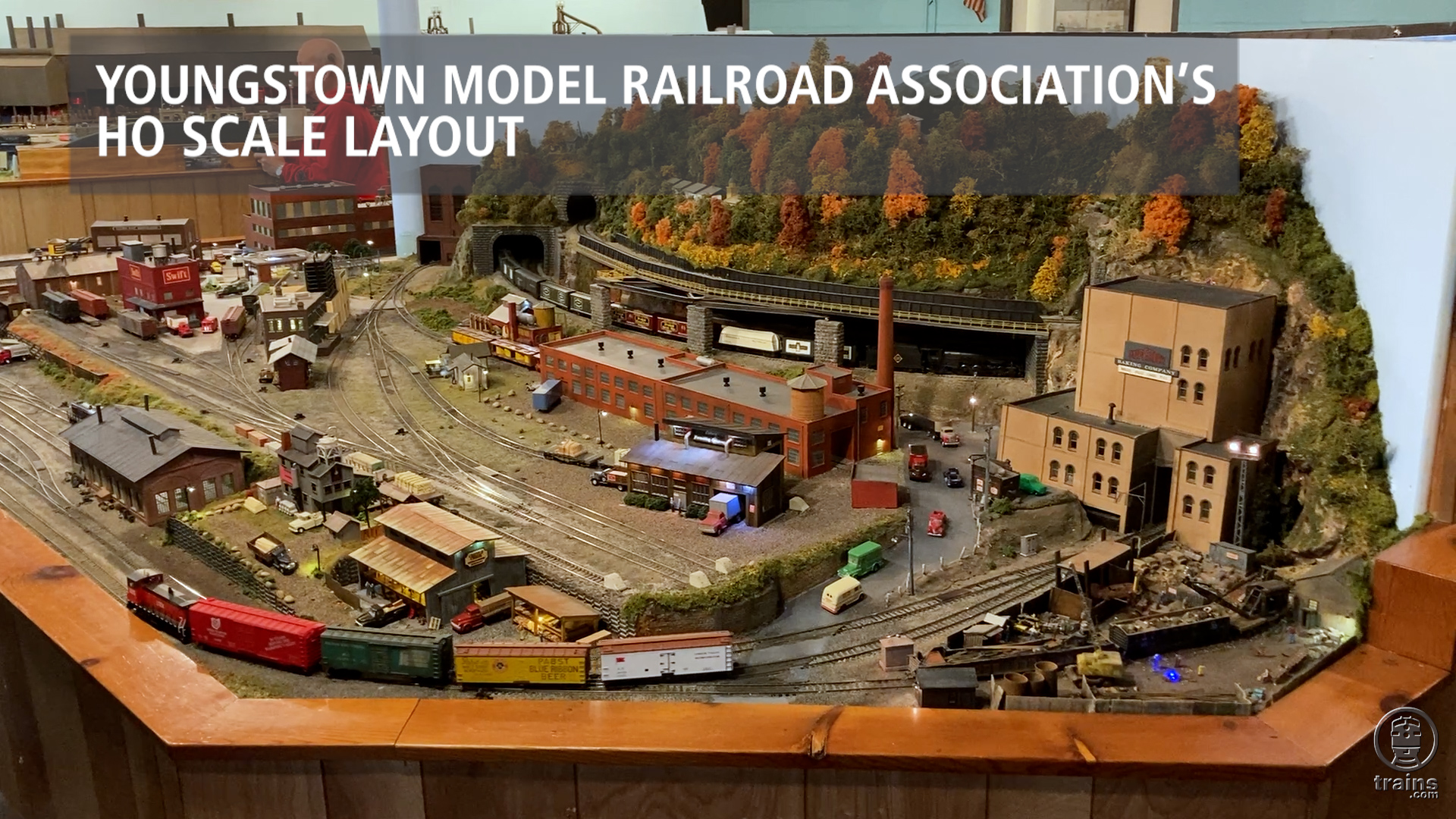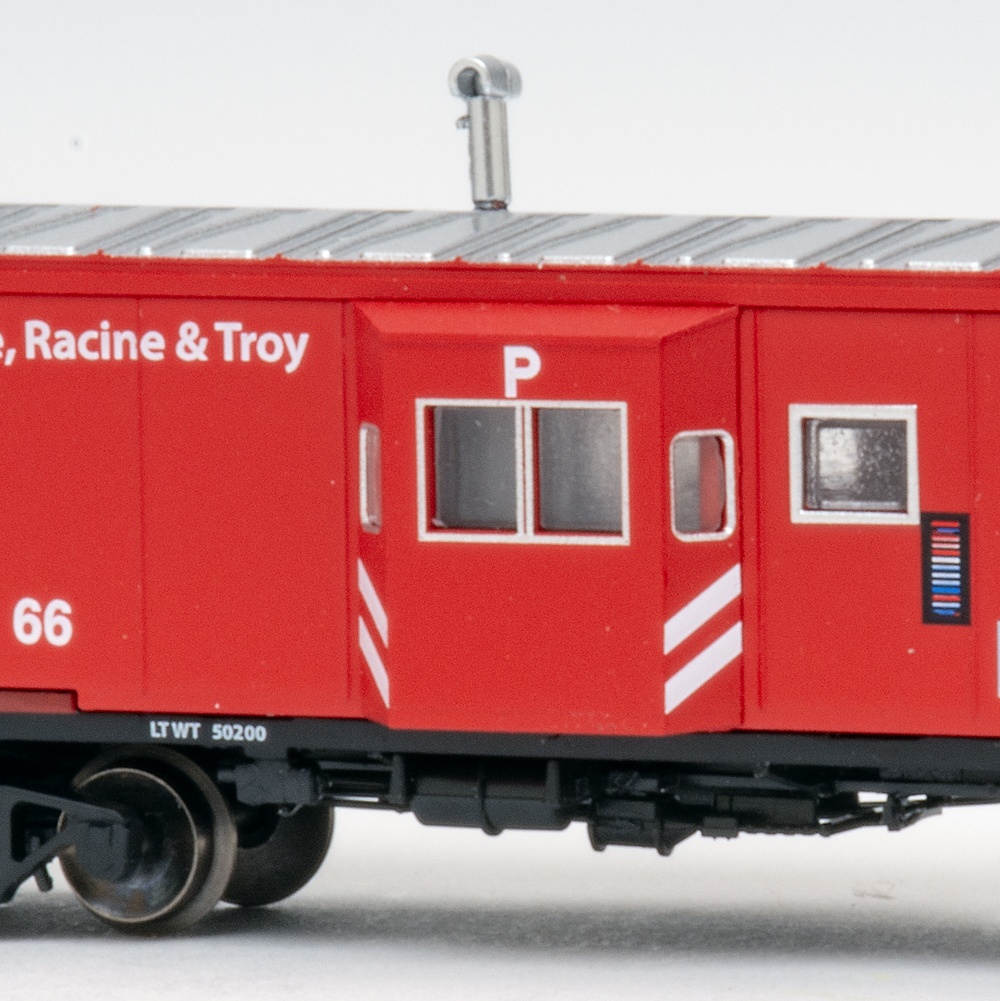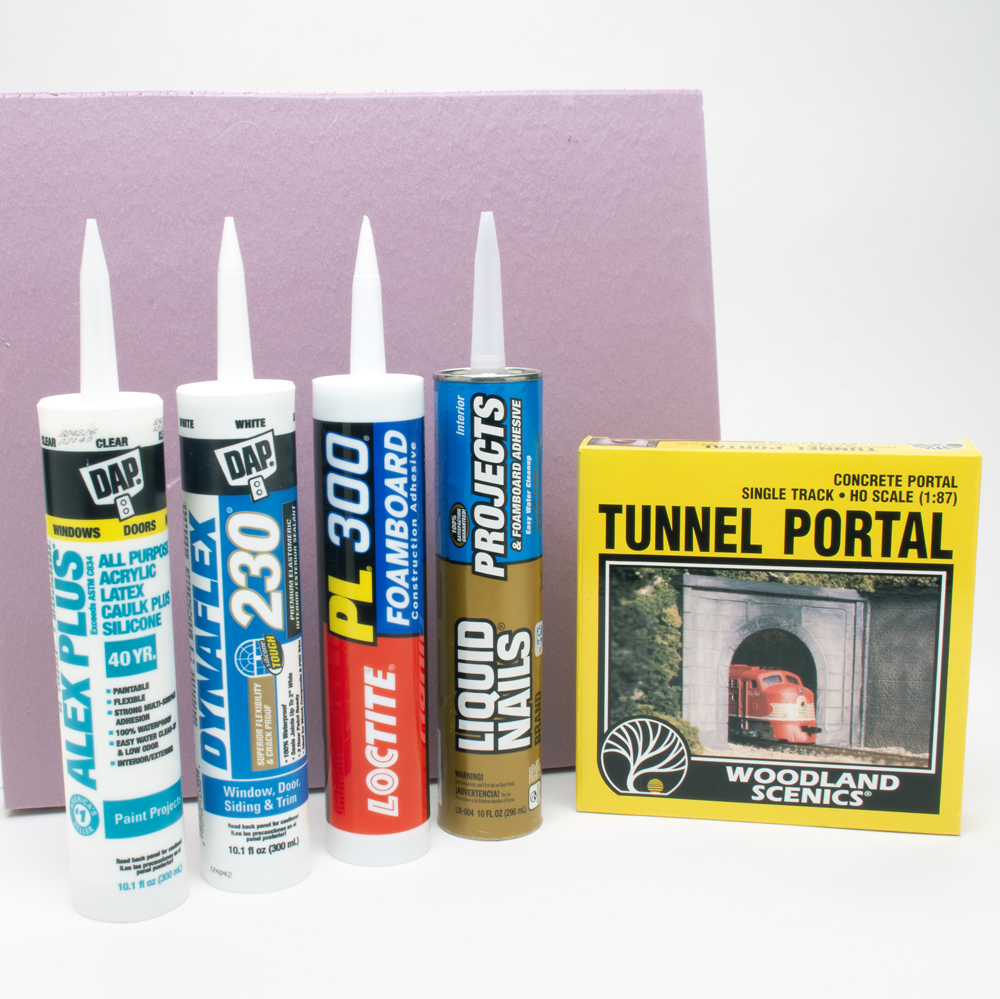A: Yes. Original horns can be both fun and a real challenge. That’s why replacement horns are so popular. Here are six steps to better sounding horns:
1. Remove all dirt and or oxidation from the relay contacts by swabbing them with a solvent, such as mineral spirits, or by spraying them with TV-tuner cleaner. Follow up with very fine emery paper to make the contacts shiny again. Be sure the contacts make good connection with each other when the relay is closed. Bend them if necessary. Because of the lower voltage involved, clean contacts are more important with horns than with whistles.
2. The contacts at both ends of the battery holder must also be clean and shiny. Often they are covered with a thin (almost invisible) layer of oxidation or corrosion from the battery. Even a little will interfere. Use the emery paper.
3. Insert a new “D” cell battery into the locomotive. I usually buy Duracell alkaline batteries because they have built-in testers. The battery needs to be at 100 percent of its capacity to get the most from the horn.
4. If the horn still doesn’t work, remove the battery and disconnect the lead going to the relay. Test the horn function in isolation by holding the lead to the “plus” end of the battery while grounding the other end of it to the horn case. If the horn still has life, you should hear a little click every time you complete the circuit with the battery.
5. Often the sound can be restored by fiddling with the adjusting screw on the back of the horn. Slowly turn the adjusting screw in both directions until the horn diaphragm is in the right position to make the unit squawk when power is applied. Sometimes, just sitting in one position for 30 or 40 years will distend the diaphragm enough to need re-adjustment. Patience here. Slowly turn the adjusting screw all the way in both directions several times before you give up.
6. If you get any kind of noise at all, the adjustment then becomes one of fine-tuning until the maximum sound is produced. This is a critical point. Turn the screw carefully and take your time. You might not hear the “Kee-Onk, KeeOnk” of the mighty Hiawatha – it might sound more like the sickly “Oink-Oink” of an undernourished pig – but that’s about the best you can expect from an old Lionel horn unit. Even when new, their sound probably resembled the barnyard more than the railroad yard, but you might not remember it that way. Kids tend to listen with their imaginations rather than their ears!
The Lionel service manuals recommend replacement of inoperative or faulty horns. No procedure for taking them apart was ever published.
Although some service station technicians did take them apart in the days before new replacements were again available from after-market sources, the results were, at best, uneven. Sometimes the damaged internal coil and linkages could be repaired, but most often not.
I’ve never had much luck just taking them apart. The two-part horn cases are crimped tightly together by machine, so it is almost impossible to disassemble them without breaking off the little crimping “fingers” in the process. Of course, when that happens, the unit is junk.
I can understand why you are reluctant to substitute the original horns in your “like new” locomotives with after-market replacements, but if you can’t get the horns to work after Step 6 above, you have a decision to make: are you more interested in originality or function?














I need to spend some time with a train that has been sitting at least 30 years. Oh and found a very old Ray-O-Vac battery the had 20 cents printed on it and it still had voltage.
I am going back downstairs to test the horn as you suggest, by disconnecting the lead to the relay…Arnie…Thanks
WHAT IF I TOLD YOU YOU WILL NEVER NEED TO USE D CELL BATTERYS IN ANY OF YOUR POSTWAR DIESELS EVER AGAIN!!!! THERE A WAY TO USE SETUP THE RELAY WERE IS ALSO POWERS TO HORN ON YOUR POSTWAR DIESELS IT IS VERY SIMPLE AND IT WILL NOT BURN OUT YOU HORNS OR YOUR RELAYS THIS HAS BEEN TESTED OVER A LONG PERIOD OF TIME OF OVER A YEAR BEFORE SAYING ITS WAS SAFE TO DO BY A FRIEND OF MINE THAT DOSE DIFFERENT OF TEST AND CUSTOME WORK ON MODERN AND POSTWAR AND PERTWAR TRAINS I DIDNT BELEAVE IT UNTILL I SEEN IT FOR MYSELF FIRST FOR MORE INFO CONTACT ME ON !!!YOUTUBE!!! GRIZZLEYBEARZ282004 THANK YOU!!!